
Reporting to the National Assembly on the draft Bankruptcy Law (amended), Chief Justice of the Supreme People's Court Le Minh Tri said that the draft Law aims to overcome practical difficulties and shortcomings, remove bottlenecks in handling bankruptcy cases; at the same time, create a favorable legal corridor for enterprises and cooperatives to restore production and business or be declared bankrupt and liquidated promptly when they are no longer able to recover.
The key contents of the draft Law include: Completing business recovery procedures and shortening the process; applying electronic transactions in case settlement; adding clear regulations on the powers and responsibilities of administrators and related entities; improving bankruptcy procedures to improve efficiency, transparency and compliance with international standards.

The Draft Law inherits the relevant provisions of the 2014 Bankruptcy Law; at the same time, amends and supplements provisions that have problems and shortcomings in practice, selectively absorbs international experience to remove bottlenecks in resolving bankruptcy cases, meets the requirements of unblocking resources, supporting production and business, promoting the economy , building a healthy business environment, and improving national competitiveness. Of which, 22 new articles are added; 62 articles are amended and supplemented; and 5 articles are kept unchanged.
The Supreme People's Court proposed that the National Assembly allow changing the name of the Bankruptcy Law to "Law on Rehabilitation and Bankruptcy".
In his report on the review of the draft Law, Chairman of the National Assembly's Economic and Financial Committee Phan Van Mai said that the majority of opinions in the Committee agreed to expand the scope of regulation towards building an independent recovery procedure, which is implemented before bankruptcy procedures. However, some opinions said that this approach is not suitable for practice, which can lead to abuse of State support policies and prolong the processing time. Therefore, it is necessary to consider regulating the recovery procedure as a stage in the bankruptcy process, ensuring efficiency and market discipline.
Regarding the concept of insolvent enterprises and cooperatives, the audit report emphasized that a 6-month period is reasonable for the entity to determine its financial capacity, and at the same time suggested referring to the State Bank's debt classification regulations to ensure legal consistency.
Regarding bankruptcy costs, the majority of opinions agreed to allocate funds in the court budget estimate, while clearly stipulating the budget repayment mechanism when assets are liquidated, ensuring transparency and financial discipline.

The Economic and Financial Committee appreciates the addition of regulations on the sale of assets or the entire enterprise as an optimal restructuring solution, but detailed guidance is needed to ensure feasibility and transparency.
In order to implement the policy of supporting and encouraging enterprises and cooperatives to apply the recovery procedure in a feasible and effective manner, some opinions proposed to study the provisions in the draft Law in the direction that the State will defer or postpone taxes for enterprises and cooperatives with tax debts during the recovery period or within a certain period from the date the court recognizes the resolution of the creditors' conference approving the effective business recovery plan.
However, some other opinions suggested considering regulations on criteria, bases, and foundations to determine whether enterprises and cooperatives are eligible for recovery and the responsibilities of entities participating in recovery, to avoid taking advantage of prolonging the recovery time, increasing damage to related parties compared to immediately applying bankruptcy procedures.
The Economic and Financial Committee also proposed a synchronous review of relevant laws to ensure the consistency of the legal system, thereby building a modern and feasible legal corridor, contributing to unlocking resources, improving competitiveness and making the national economy healthier.
Source: https://hanoimoi.vn/de-xuat-doi-ten-luat-pha-san-thanh-luat-phuc-hoi-pha-san-720624.html



![[Photo] Prime Minister Pham Minh Chinh chairs meeting on railway projects](https://vphoto.vietnam.vn/thumb/1200x675/vietnam/resource/IMAGE/2025/10/23/1761206277171_dsc-9703-jpg.webp)
![[Photo] President Luong Cuong holds talks with South African President Matamela Cyril Ramaphosa](https://vphoto.vietnam.vn/thumb/1200x675/vietnam/resource/IMAGE/2025/10/23/1761221878741_ndo_br_1-8416-jpg.webp)
![[Photo] Prime Minister Pham Minh Chinh meets with South African President Matamela Cyril Ramaphosa](https://vphoto.vietnam.vn/thumb/1200x675/vietnam/resource/IMAGE/2025/10/23/1761226081024_dsc-9845-jpg.webp)


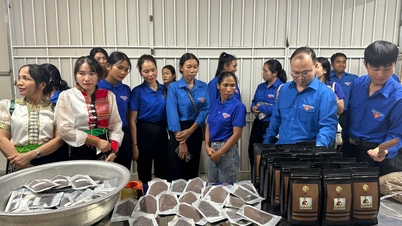

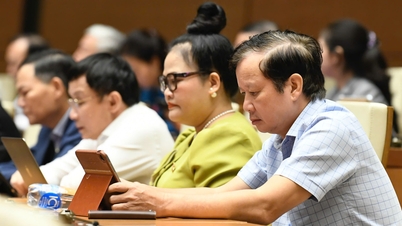



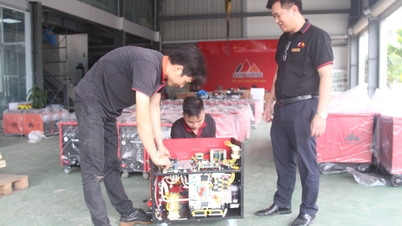









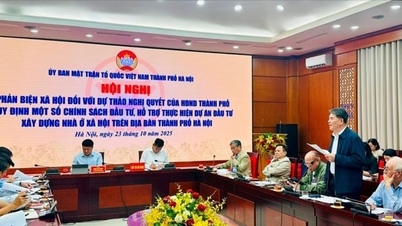



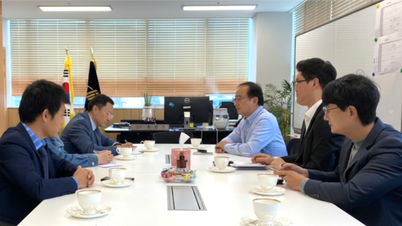









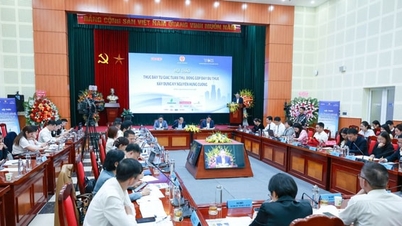













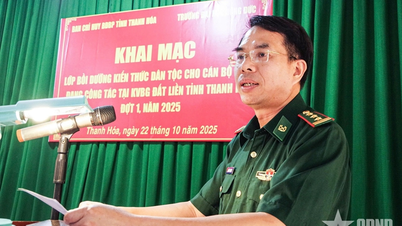






















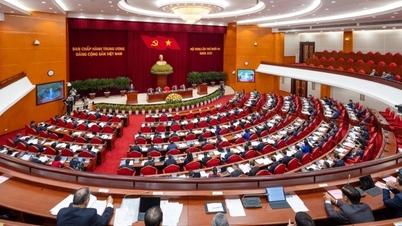


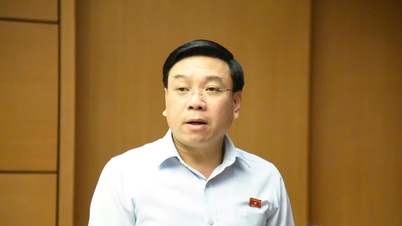







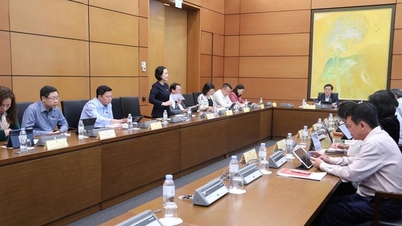
























Comment (0)